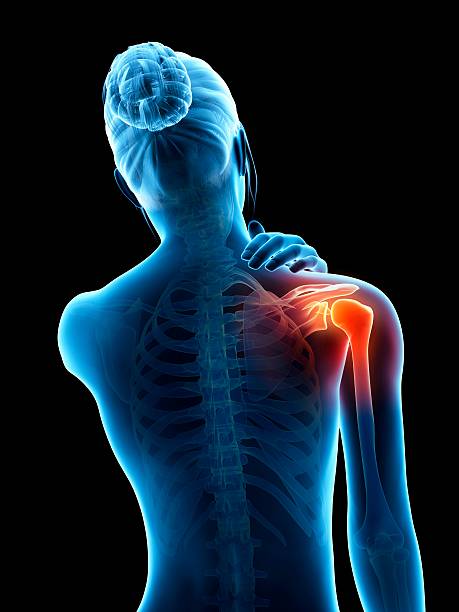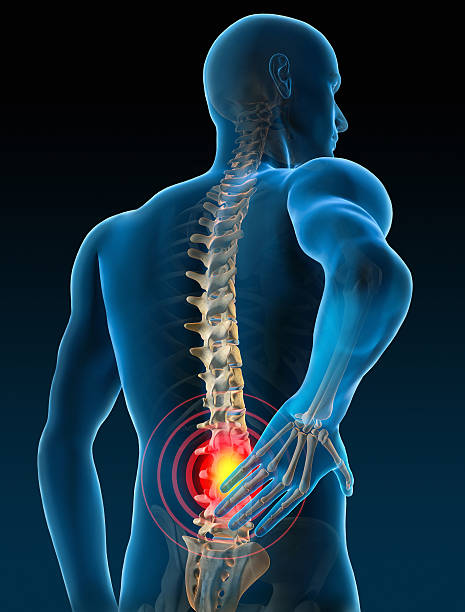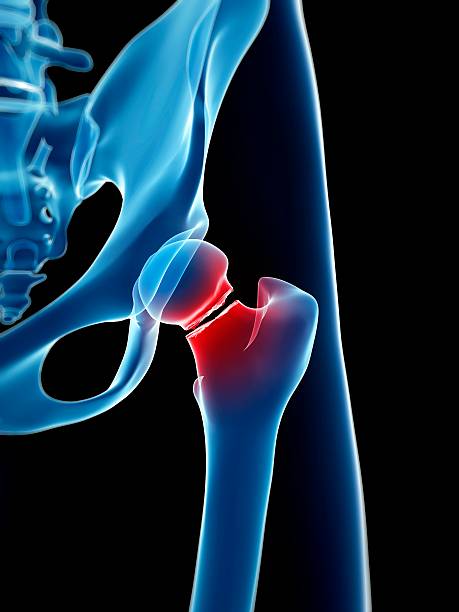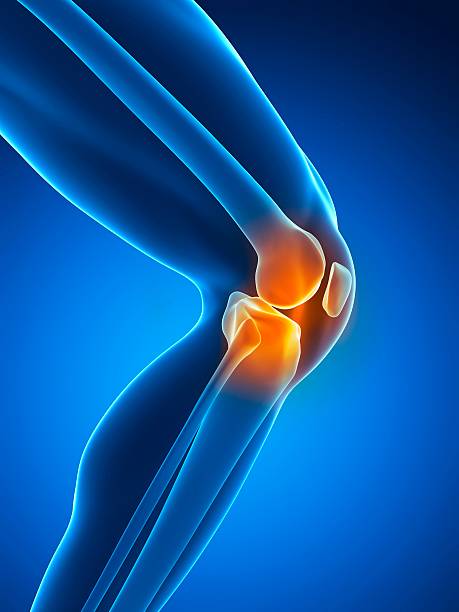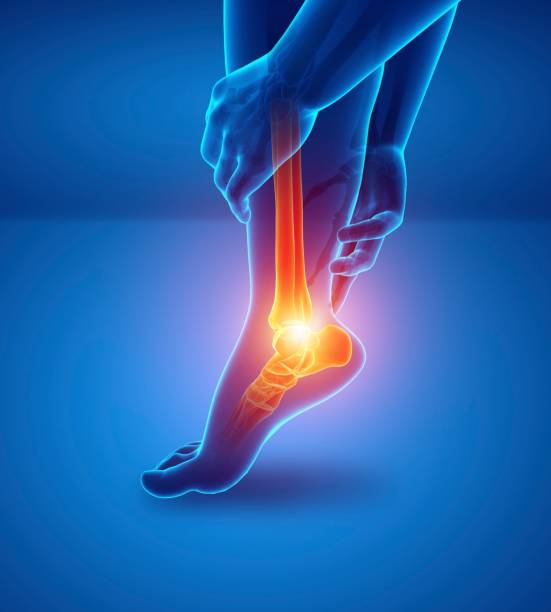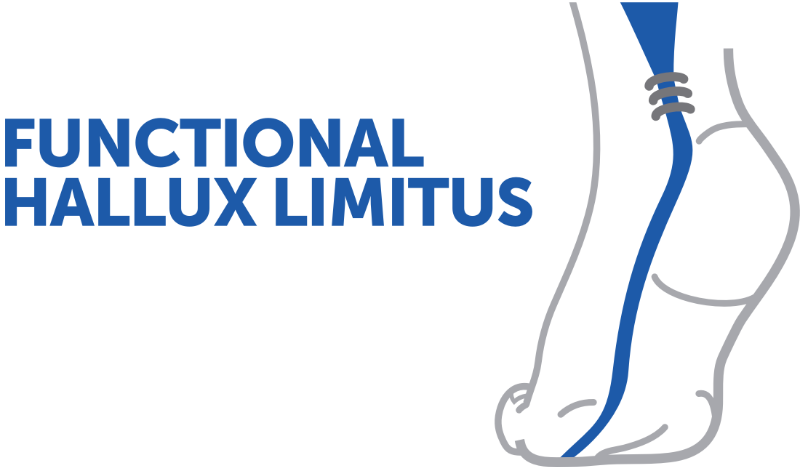Rehabilitation and stabilization in case of low back pain
This presentation explores the multidisciplinary management of low back pain, including rehabilitation techniques, core strengthening, body awareness, and ergonomics. Emphasis is placed on personalized treatment, lumbopelvic stabilization, and identification of muscular, joint, or neurogenic causes.
Doctors
Topics
Treatments
Advice
- Dr. Carlo Fritsch
- Postural analysis
- Manual diagnosis
- Lumbopelvic stabilization
- Adapted exercises
- Psychosocial approach
- Rehabilitation
- Physiotherapy
- Hypopressive gymnastics
- Ergonomics
- Multidisciplinary approach
- avoid chronicity
- maintain activity
- adapt the exercises
- explore psychosocial factors
- lumbar stabilization test
Information
Video type:
Anatomy:
Surgery:
Lumbar rehabilitation: a specific and progressive approach
Rehabilitation management of low back pain relies on a detailed assessment to target treatment. The goal is to identify the predominant cause—articular, myofascial, or neurogenic—and adapt techniques accordingly.
The functional assessment assesses lumbopelvic mobility, motor patterns and compensations. This step determines the effectiveness of interventions and limits the risk of chronicity.
Lumbopelvic stabilization and deep recruitment
Initial episodes of pain often impair activation of the multifidus and deep stabilizers. Targeted recruitment of the transverse abdominis and pelvic floor is undertaken to restore core stability.
Core strengthening exercises are introduced in stages, from light tension to prolonged holds, while respecting tolerance and the quality of motor control.
When it comes to pain, we are not equal.
Muscle chains and everyday ergonomics
The musculature never acts in isolation. Analysis of the chains highlights shortenings (psoas, latissimus dorsi, pectoralis) and guides specific stretches. Attention is paid to the hips, whose mobility directly influences lumbar stress.
Ergonomics—positions, weight bearing, and repetitive movements—are an integral part of treatment. Simple adjustments reduce disc pressure and prevent relapses.
Pain self-management and progression criteria
McKenzie-type active approaches help monitor exercise response. Centralized radiating pain is a sign of favorable orientation; peripheral increase leads to program revision.
Simple functional benchmarks (lumbar-pelvic control, core strength endurance, gestures) structure progress and secure the resumption of activity.
The lumbar segment is not dissociated from the thoracic and cervical segments.
Psychosocial factors and networking
Beyond structures, psychosocial factors influence pain, adherence, and recovery. Screening for these factors leads to multidisciplinary support when necessary.
The caregiver-patient dialogue builds realistic objectives and promotes autonomy, key elements for a lasting result.
Message to the patient
Well-targeted rehabilitation improves motor control, reduces pain, and stabilizes the spine over time. Regular training and good daily habits are the best investment for the future.
Progress is made at your own pace, according to objective criteria, in order to consolidate acquired knowledge and prevent recurrence.
Pathologies treated at the center
Hallux Limitus
Functional
Your pain has a cause.The balance sheet allows us to understand it.
- Gait analysis
- Posture Assessment
- Guidance on the right treatment
- Study of plantar supports and supports
- Detection of compensations
- Pain–movement correlation
The functional assessment allows us to understand how a joint or postural imbalance can trigger or perpetuate pain. Very often, imaging is normal, but movement is disturbed. By analyzing gait, weight-bearing patterns, or posture, we identify the weak links in the chain and guide targeted treatment adapted to the patient's actual mechanics.


